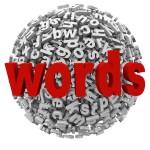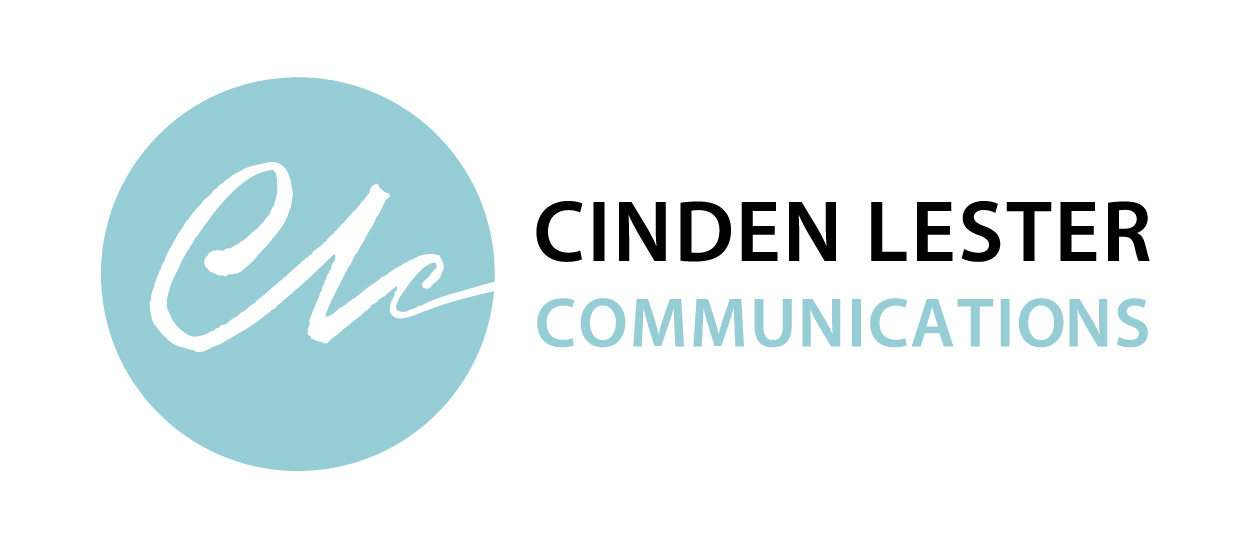
Plain English is clear, straightforward and precise.
It’s simple without being simplistic.
Whether you are writing for colleagues, clients, stakeholders or the general public, plain English is important.
At least, it is if you want to get your message across clearly.
Consider the difference between these two messages.
As dictated by the manifestation of seasonal developments, felicitations are forthcoming in respect of the celebratory nature of this particular point in the yearly calendar.
It is anticipated that the majority of stakeholders will facilitate proceedings designed to engender merriment. It is hoped that various festive undertakings are gratifying and agreeable.
In other words:
Merry Christmas.
Plain English is efficient and effective communication because your readers don’t have to work hard to understand you. It reduces confusion and misunderstanding. It increases productivity and morale. It even saves time and money.
- British Telecom reduced customer complaints and queries by 25 per cent by creating plain English phone bills.
- The US Navy estimated it could save US$250–$300 million a year by using plain English in memos and reports.
- The Law Reform Commission of Victoria completely redesigned and rewrote an old legal-style court summons. With the new form, the Victorian Government was able to reassign 26 staff and save A$400 000 a year in salaries.
- The UK Royal Mail clarified a redirection-of-mail form and saved £500 000 in just nine months.
Source: Joseph Kimble, Writing for Dollars, Writing to Please
Unfortunately, plain English doesn’t always come naturally. We trip up over jargon, unnecessary formality, waffle and the challenge of being objective about our own writing.
So here are 15 tips to help.
1. STOP! Yep, stop and think before you start writing. Why are you writing, who are you communicating with, and what outcome do you want? This helps you write with precision, clarity and appropriate style.
2. Write for your audience, not for yourself. Put yourself in their shoes. What does your audience need? What are they interested in? Will they understand what you are saying? Spell out what’s in it for them.
3. Speak directly to your audience. Use ‘you’ and ‘we’ where appropriate to more directly engage your audience.
4. Write more like you speak. Read your text out loud. Does it sound natural and flow easily or is it stilted and unnecessarily complex and formal?
5. Use every day words. Avoid jargon, bureaucratic language and uncommon words.
6. Use active verbs. Active voice is shorter, clearer and more precise (e.g. ‘The CEO decided…’ rather than ‘It was decided…’).
7. Don’t turn verbs into nouns. Verbs are generally shorter, clearer and less clumsy. For example, ‘Provide’, ‘facilitate’, implement’ are clearer than ‘the provision of’, ‘the facilitation of’ and ‘the implementation of’.
8. Be specific rather than general. Focus on information that is specific and relevant for your audience. If you use examples or case studies, make them pertinent and meaningful.
9. Cut the clutter. Longwinded writing is boring and difficult to read. Be tough when you edit—make every word count.
10. Use short sentences. Try to keep to one idea per sentence. Split long sentences into shorter ones. Use bullet points for lists.
11. Break up your text. Use headings and subheadings. Group related information together.
12. Structure your information logically. Order and organise your information into sections that are logical for your audience and the context.
13. Present your information clearly. Uncluttered, consistent design and layout helps people absorb your information. This includes choosing the appropriate typeface, line length, spacing, colour and headings. It can also include using illustrations, text boxes, tables and graphs.
14. Use consistent style. If you have a preferred style guide, use it. Inconsistencies are distracting and unprofessional.
15. Check your work. Proofread for factual accuracy and correct spelling, grammar and punctuation. If you can, leave your work for a day or two before proofreading so you read it fresh. Also consider asking someone less familiar with the subject to check if your writing is clear and makes sense.
| Cinden Lester has more than 25 years’ experience as a professional writer, editor and communications strategist. She worked as a broadcast journalist, in private sector marketing and public relations, and in government communications before establishing her own Canberra-based communications consultancy.
Contact Cinden if you’d like help with your communications. |
